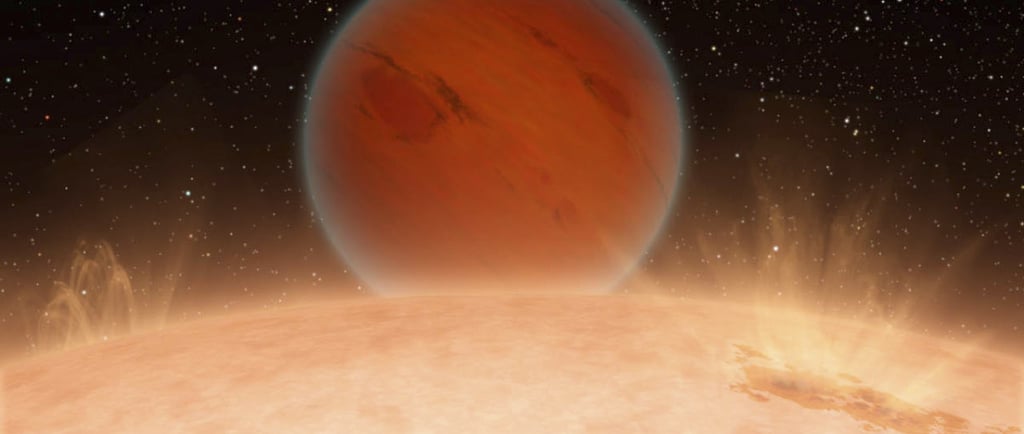Kepler-78b: A Rocky Exoplanet the size of the Earth


Introduction to Kepler-78b
Kepler-78b is an intriguing exoplanet located approximately 400 light-years from Earth, nestled within the picturesque constellation of Cygnus. Known for its compelling characteristics, this celestial body presents a unique opportunity for astronomers and space enthusiasts to explore the diverse possibilities of planetary systems outside our own.
Physical Characteristics of Kepler-78b
Measuring about 1.2 times the size of Earth and boasting a mass that is 1.7 times greater, Kepler-78b exhibits a density remarkably similar to that of our own planet. This astonishing fact raises questions regarding its composition and geological structure. Analysts suggest that Kepler-78b is primarily made of rock and iron, akin to Earth, indicating that it may possess a solid surface, thereby enhancing its allure as a focus of study in the field of exoplanet research.
Kepler-78b's Stellar Environment
The exoplanet orbits a star that is slightly smaller and less massive than the Sun, which plays a crucial role in determining the planet's climate and potential habitability. With such a compact stellar system, Kepler-78b completes an orbit in a mere 8.5 hours, a stark contrast to the year-long journey of Earth around the Sun. This proximity to its host star leads to extreme temperatures, casting doubt on the possibility of hosting life as we know it. However, the study of Kepler-78b offers insight into the formation and evolution of rocky planets in varying environments.
As researchers continue to investigate the complexities of Kepler-78b, it serves as a valuable case study linking planetary characteristics to their stellar surroundings. The exploration of its density, composition, and orbital dynamics enriches our understanding of how exoplanets compare with Earth and each other.
